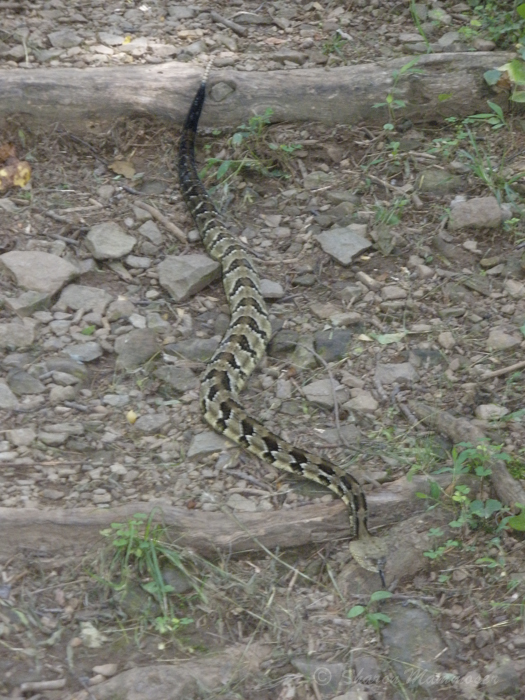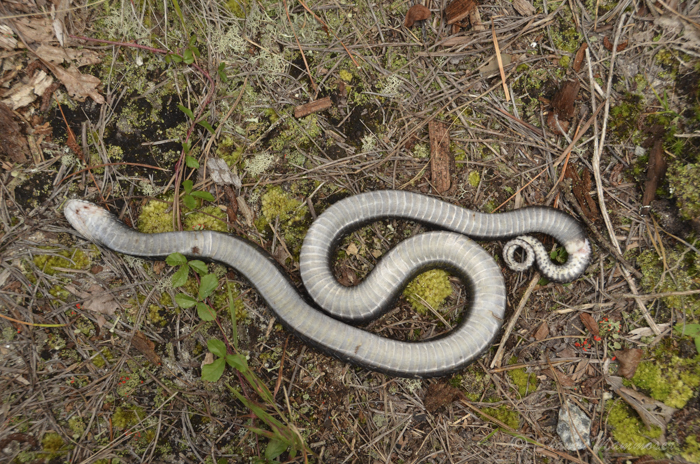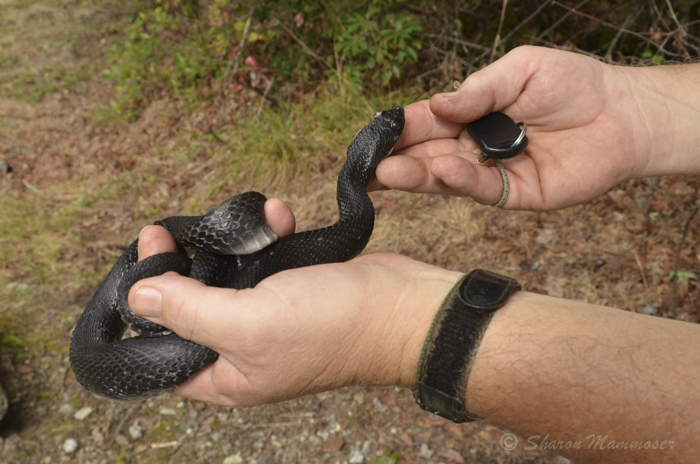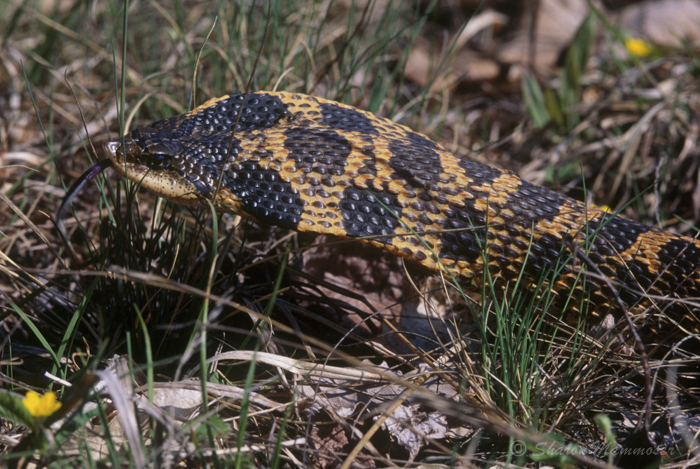Years ago I worked at a wonderful nature center in eastern New York state as a Naturalist and assistant to the curator. We often got calls from local folks about animals and plants they were seeing in their backyards. One day I took a call from a woman who was very upset, saying she had a king cobra in her backyard! I listened to her description and then told her what she was seeing was probably a harmless eastern hognose snake. I said we don’t have king cobras around here and described the defense tactic of the eastern hognose snake. She was not convinced and requested that someone from the nature center come out to remove the snake. This job fell to my boss, Beth, a soft-spoken, small, upbeat woman who had been curator for many years. Beth showed up at the woman’s house, pulling up in the driveway to see several local cops outside with the woman, guns drawn, pointed at the snake. To the shock of all watching, Beth calmly walked over, smiled, and picked up the snake. It indeed was an eastern hognose snake… And despite its convincing show, did not bite her.
It is a sad fact that many people mistake an eastern hognose snake for a rattlesnake(or a king cobra!) Hognose snakes are one of my favorites because they are actually one of the gentlest I’ve ever handled.
Here are some interesting facts about eastern hognose snakes:
1. Of course, given the title of the blog post, you can probably guess that a hognose snake’s favorite food is toads. And though toads have a defensive strategy of toxic skin secretions and puffing up their body to make them bigger, these snakes are not deterred by either. In addition to toads, they will eat frogs, salamanders, invertebrates and small mammals. However, in some areas, they feed almost exclusively on toads.

2. Eastern hognose snakes are also called puff adders, spearhead, hissing adder, blowing viper and blow snake. Again, these nicknames are unfortunate as they suggest the snake is a rattlesnake or venomous when it is not. They have been given this nickname because one of the first things they will do when confronted with a predator is to flatten their heads and necks, hiss and repeatedly strike, though this doesn’t include an actual bite but is rather a good bluff. If that doesn’t work to scare away the interested party, the snake will roll over, stick out its tongue and play dead.  It may also coil and uncoil its tail and spread a foul secretion over its body to further disinterest predators. (I have never seen a hognose do this though many sources support this tactic) I have seen several snakes play dead– all would repeatedly roll back over onto their backs even if you pick one up while it is playing dead. It will continue to do this as long as you express interest and is amazingly convincing in its attempt to “act dead.”
It may also coil and uncoil its tail and spread a foul secretion over its body to further disinterest predators. (I have never seen a hognose do this though many sources support this tactic) I have seen several snakes play dead– all would repeatedly roll back over onto their backs even if you pick one up while it is playing dead. It will continue to do this as long as you express interest and is amazingly convincing in its attempt to “act dead.”
3. Eastern hognose snakes are fat-bodied, medium sized snakes that can vary greatly in color. In NY the hognose snakes I often encountered were a gorgeous copper color with dark spots, but the two I’ve seen here in western North Carolina have been nearly all black. Their background color can be yellow, gray, brown, black, tan, copper or reddish. Behind their eyes they have two black patches and then their bodies have large rectangular spots. They get their name from their distinctive upturned snouts, which they use for digging.
4. Eastern hognose snakes have large teeth (called rear fangs) in the back of their mouths which they use to inject a mild venom into their prey. (Not harmful to humans)
5. Hognose snakes are diurnal (active during the day) and can be found in sandy soils at the edge of woods or in open fields.
6. Hognose snakes are oviparous (egg laying) reptiles, with 4-50+, white, leathery eggs deposited in sandy soil. They will remain there untended by the females for one to two months. The young snakes are usually grayish with black spots along their bodies. Their color will change as they mature. Scientists are not sure how long this snake lives, though in captivity they live on average 10 years.
7. Hognose snakes hibernate during the winter, burrowing into the soil or leaf litter and remaining there from late October through April.
8. Hognose snakes are solitary.

Sadly, hognose snake populations have declined in recent years, most likely due to collisions with vehicles while crossing roads and from people killing them. If you care about nature at all PLEASE don’t remove them from the wild and keep them as pets and PLEASE DON’T KILL THEM. They are harmless creatures and don’t deserve to be killed simply because they happen to resemble a rattlesnake or copperhead. (I don’t support killing those either!)



1 thought on “Which Snake Resembles a King Cobra?”
Comments are closed.